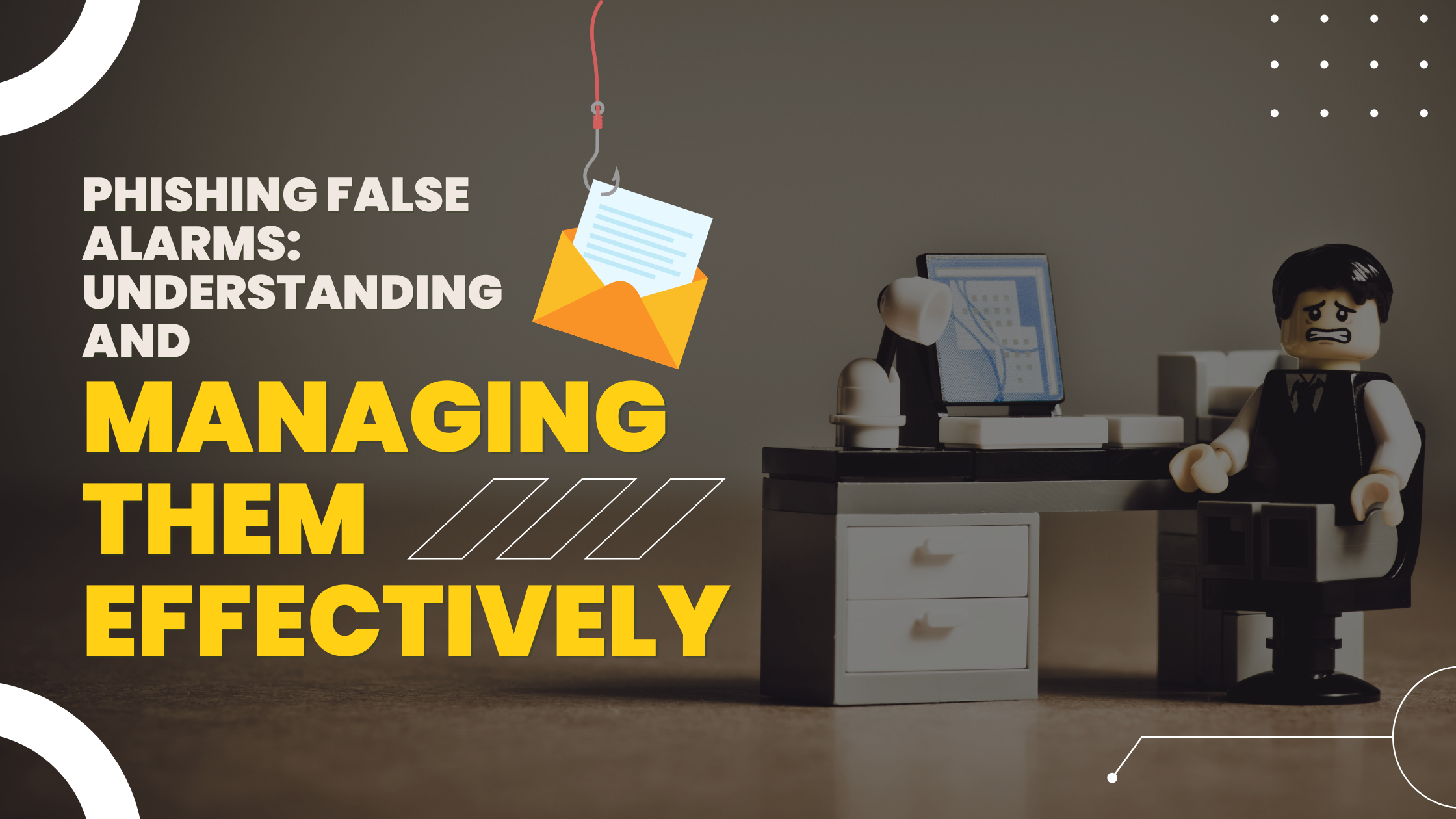Phishing False Alarms: Understanding and Managing Them Effectively
In today’s digital landscape, phishing attacks are a significant concern for individuals and organizations alike. Cybercriminals use deceptive tactics to trick people into sharing sensitive information like passwords, credit card numbers, or social security details. While awareness of phishing has increased, a new challenge has emerged: phishing false alarms. These occur when legitimate communications are mistakenly flagged as phishing attempts, leading to confusion and potential disruptions.
In this blog, we will explore what phishing false alarms are, why they occur, and how to effectively manage them without compromising cybersecurity.
What Are Phishing False Alarms?
Phishing false alarms refer to instances where legitimate emails, messages, or websites are mistakenly identified as phishing attempts. This can happen due to overly aggressive spam filters, misinterpretation of sender intent, or simply heightened suspicion among users. While it’s better to err on the side of caution, an excessive number of false alarms can desensitize individuals to real threats and strain organizational resources.
Common Causes of Phishing False Alarms
- Overzealous Spam Filters Many email clients employ advanced algorithms to detect phishing emails. However, these algorithms can sometimes misclassify legitimate emails as suspicious, especially if the sender uses marketing jargon or has an unusual domain.
- Poor Email Design Legitimate emails with poor formatting, misspellings, or an unprofessional tone may inadvertently raise red flags. Users often associate these characteristics with phishing attempts.
- Lack of Brand Recognition Emails from smaller or lesser-known companies are more likely to be flagged as phishing, especially if the recipient is unfamiliar with the sender.
- Generic Greetings and Requests Messages that lack personalization or contain generic phrases like “Dear Customer” can appear suspicious, even when they are genuine.
- Unfamiliar URLs Links with complex or unconventional structures can easily be mistaken for phishing links, even if they lead to legitimate websites.
The Impact of Phishing False Alarms
- Wasted Time and Resources Organizations may spend valuable time investigating false positives, diverting attention from actual threats.
- Decreased Trust in Security Protocols Frequent false alarms can lead to a “cry wolf” scenario, where employees or users start ignoring security warnings altogether.
- Operational Delays Legitimate communications flagged as phishing may cause delays in critical operations or decision-making processes.
How to Manage Phishing False Alarms
- Educate Users Regular training sessions can help employees and users distinguish between genuine communications and phishing attempts. Encourage them to verify the authenticity of emails before reporting them.
- Fine-Tune Spam Filters Work with your IT team to optimize spam filters, ensuring they strike a balance between security and usability. Whitelisting trusted domains can help reduce false positives.
- Improve Email Design Organizations should prioritize professional and consistent branding in their emails to build trust and recognition.
- Encourage a Verification Culture Foster an environment where users feel comfortable double-checking with the sender if they’re unsure about an email’s legitimacy.
- Leverage Advanced Security Tools Implement tools that use AI and machine learning to provide more accurate threat detection while reducing the likelihood of false positives.
Balancing Vigilance and Trust
Phishing false alarms are an inevitable byproduct of increased cybersecurity awareness. While they can be frustrating, managing them effectively ensures that vigilance remains high without causing unnecessary disruption. By educating users, refining detection tools, and fostering a culture of trust, individuals and organizations can navigate the complex world of cybersecurity with confidence.
Have you encountered phishing false alarms? Share your experiences and solutions in the comments below!


